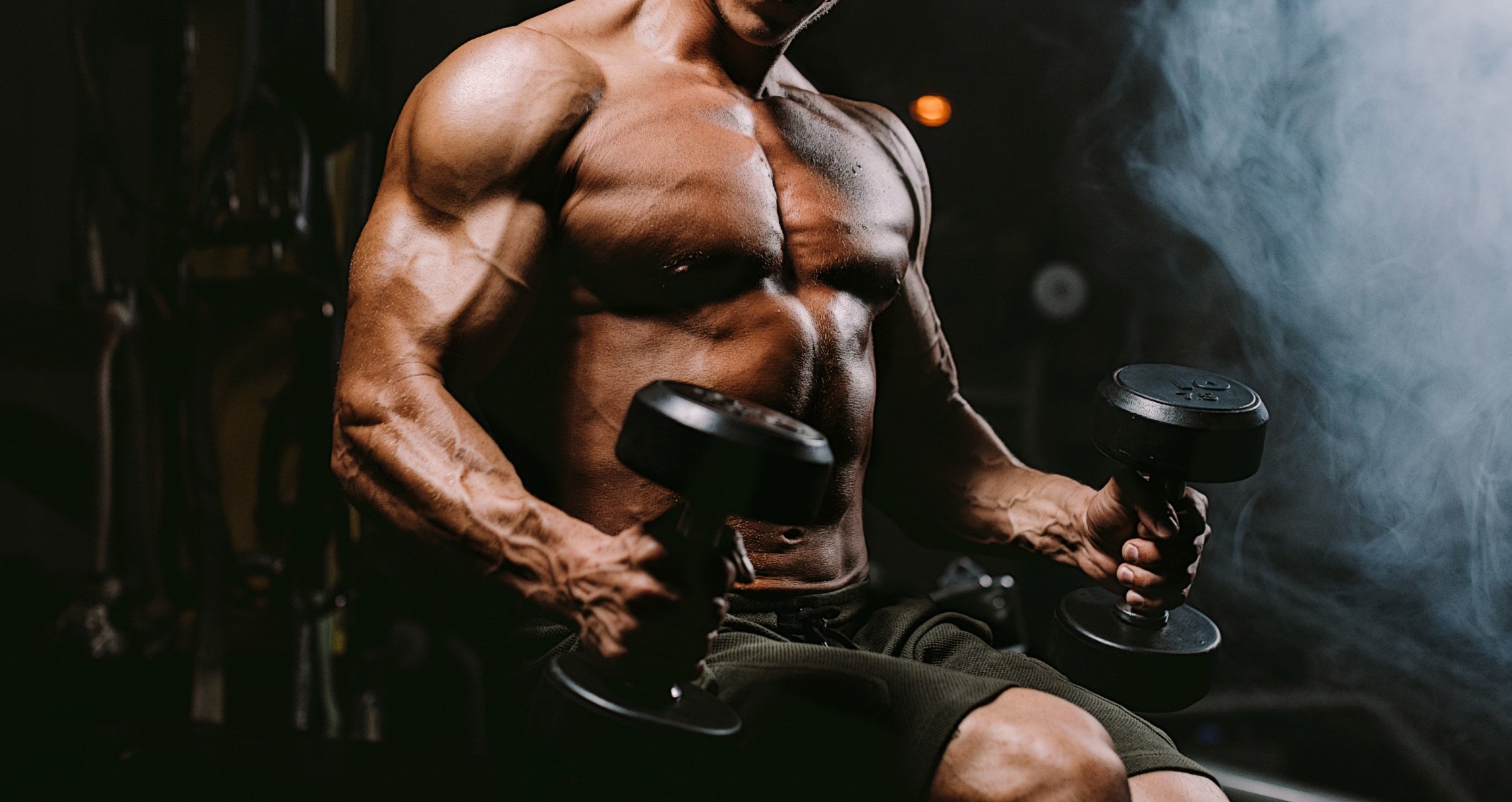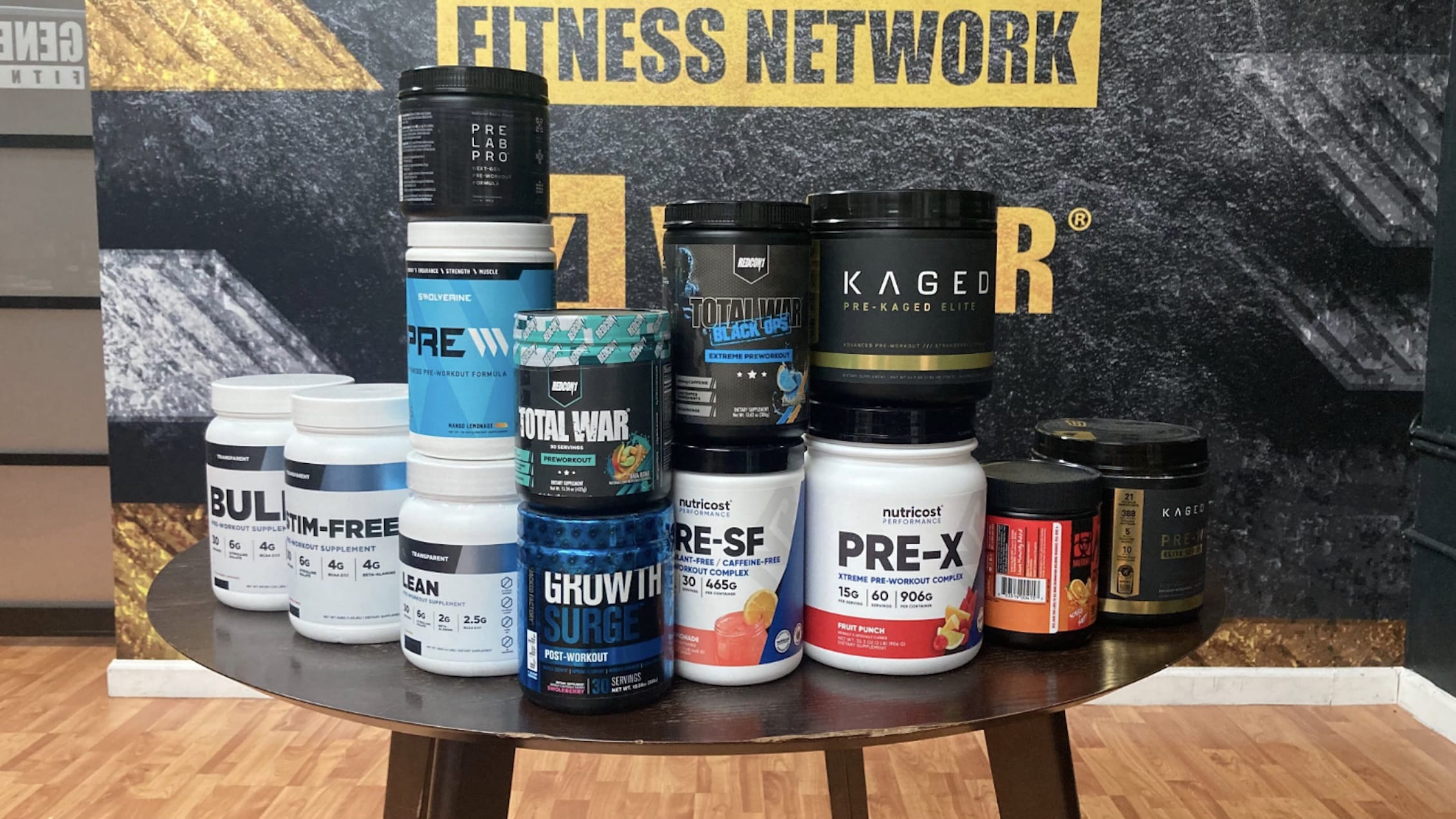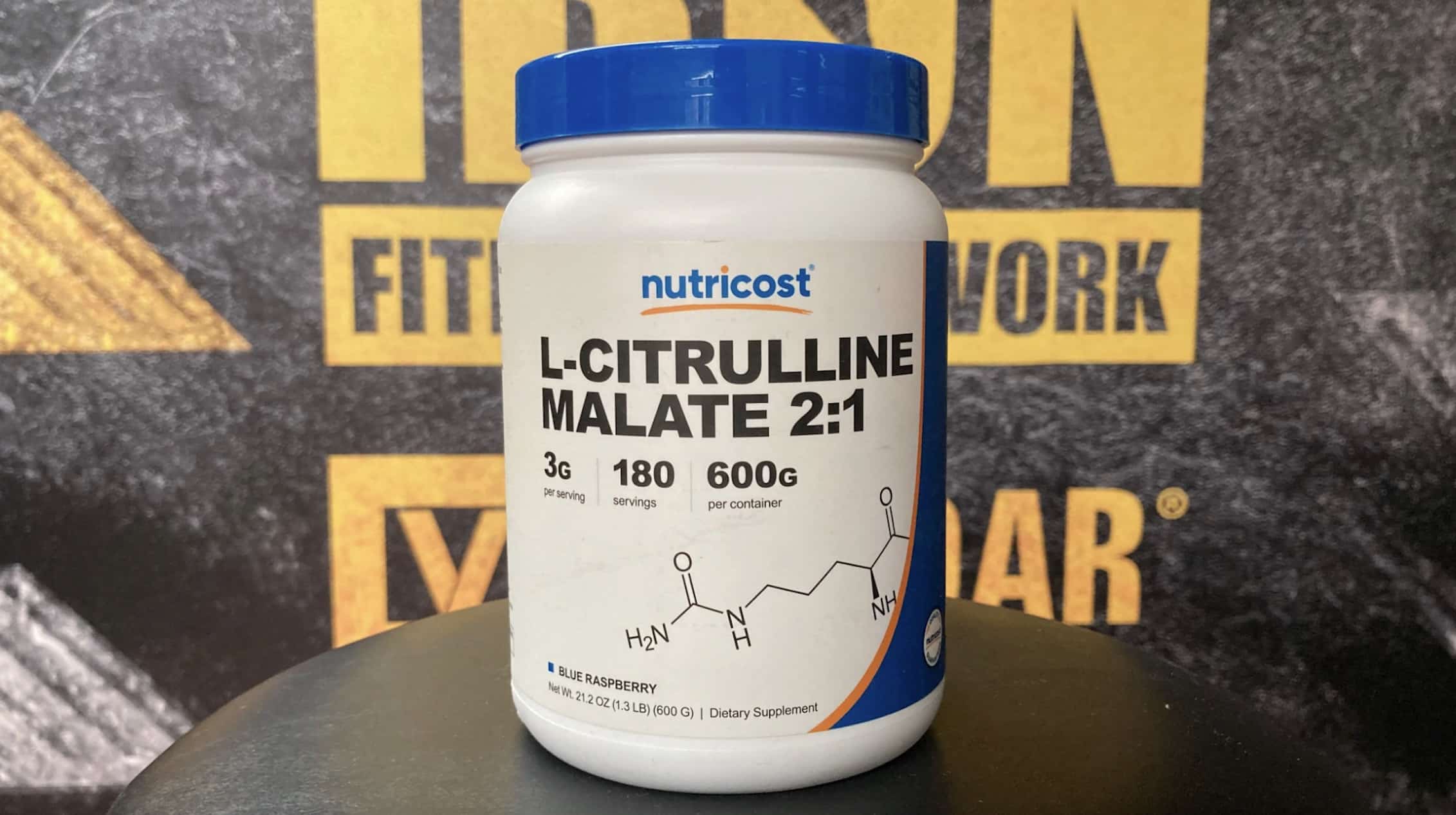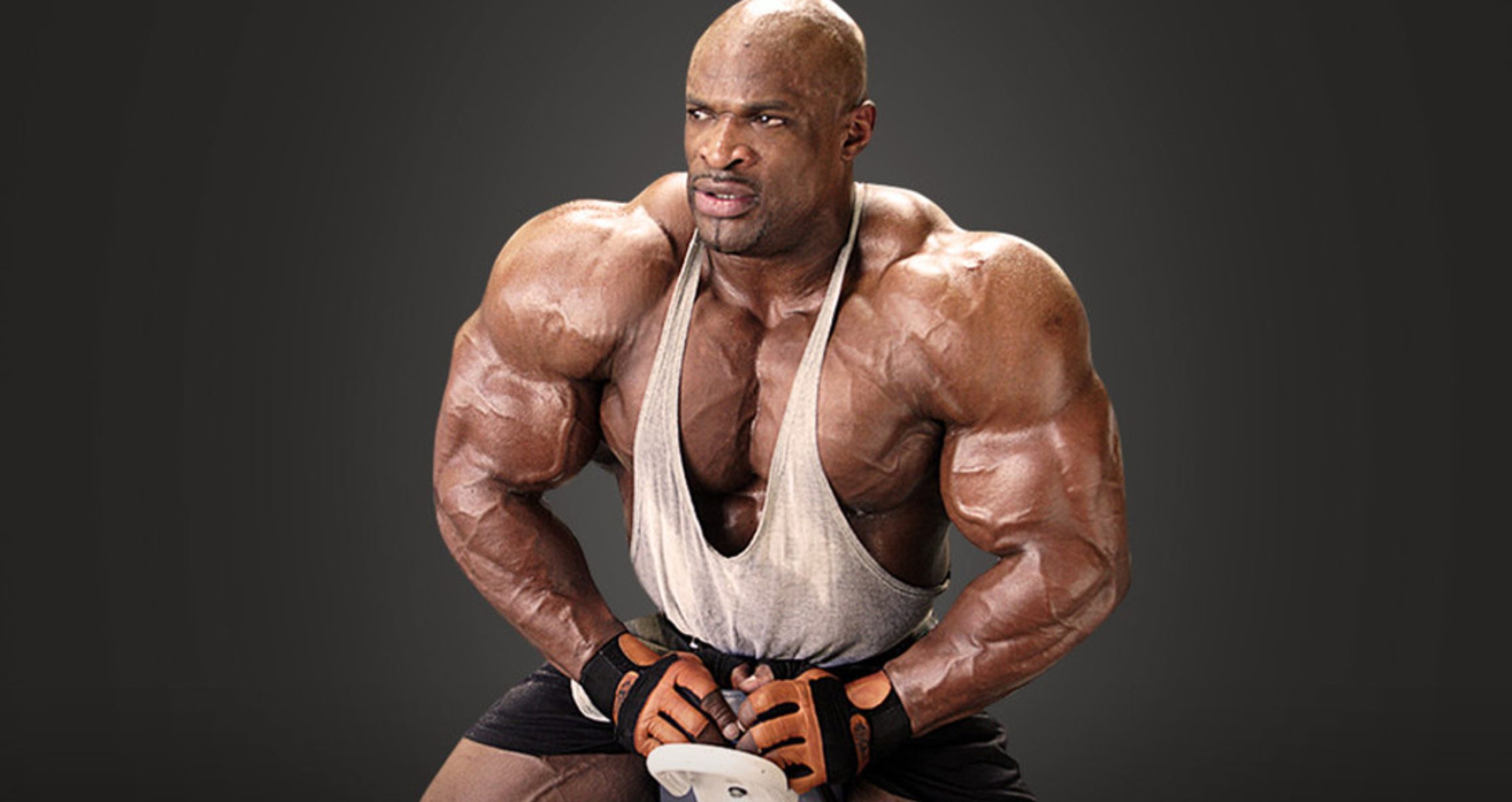Fasting, coffee, kickboxing, high-rep calisthenics, and cigars are the foundation of Andrew Tate’s regimen.
Andrew Tate, a dual American and British social media personality, has gained fame for his outspoken and often controversial opinions and his role in running a men’s lifestyle business. However, before rising to online prominence, Tate built a name for himself as a professional kickboxer, renowned for his impressive physique and exceptional conditioning.
Known for occasionally shedding his shirt to reveal a lean, muscular frame, many wonder how he maintains such an athletic build. This article delves into Andrew Tate’s workout regimen and unique nutrition strategies. If you aspire to achieve a well-defined, lean physique like his, look no further — this guide has everything you need to get started.
| Full Name: Andrew Tate | ||
| Weight | Height | Date of Birth |
| (93 kg) 205 lbs | (6’3”) 190 cm | 12/01/1986 |
| Profession | Era | Nationality |
| Business Man, Kickboxer & Internet Personality | 2000s, 2010s, 2020s | British-American |
Who Is Andrew Tate?
Andrew Tate was born at Walter Reed Army Medical Center in Washington, D.C. He is biracial. His African American father was an international chess master, and his English mother worked as a caterer. Tate has a younger brother and sister.
Tate’s younger brother, Tristan Tate, was also a kickboxer and an internet sensation like his brother. Andrew Tate was later raised in Chicago, Illinois, and Goshen, Indiana, where he spent most of his childhood.
After his parents divorced in 1997, his mother took him and his brother to Luton, England. Andrew Tate attended Luton Sixth Form College and Halyard High School. In 2005, he began his kickboxing career and worked in advertising. Three years later, the International Sport Kickboxing Association ranked him among the top seven lightweight boxers in the United Kingdom.
Kickboxing
In 2009, he won his first championship, the Cruiserweight Championship in Derby, and the International Kickboxing Federation British belt. He was ranked top in Europe and even had a kickboxing name called “The King Cobra.” Tate accumulated other titles as years passed, winning two International Sport Kickboxing Association via knockout. This made him a world champion in two weight divisions. He became a four-time world champion in his kickboxing career before retiring with thirty-one recorded fights.
In 2016, two years after his kickboxing career, Tate tried out for the 17th edition of the British reality show Big Brother.
Successes and Achievements
Andrew Tate has carved a niche for himself as a successful businessperson and an online social media influencer. He’s popular for promoting various issues in the manosphere community and has amassed many believers in his school of thought on various controversial issues. Tate was the third most Googled person in 2023, with about 10.8 million X (formerly Twitter) followers in 2025.
Andrew Tate’s Workout Routine
Andrew Tate takes a unique workout approach. He believes in training the body and the mind, focusing on strength training, improving mental sharpness, and building endurance and flexibility. His workouts are intense and include a combination of HIIT, cardio, and compound exercises. He saves one day for the high-volume total body workout below, focusing on every muscle group in each training for the week. This program will push you to your limits to build strength and muscle endurance. Let’s take a look at Andrew Tate’s full-body workout below.
| Exercises | Sets | Reps |
| Push-Up | One Day | 1000 |
| Shoulder Press | One Day | 1000 |
| Bodyweight Squat | One Day | 500 |
| Cardio (Stair Machine) | One Day | 1000 Steps |
Tate’s workout program includes other HIIT exercises like burpees and jump squats. His high-intensity approach to exercise focuses on burning calories. He considers warm-ups integral to his training before he starts his exercises. He does dynamic stretches and light cardio. The stretches help his flexibility and mobility, while light cardio raises his heart rate and blood flow to improve exercise performance (1). These warm-up exercises include:
Strength Training
Strength training is a significant part of Tate’s routine. He uses compound exercises to work multiple muscle groups. Some other exercises he includes in his strength training and weightlifting include:
- Deadlifts: Mass-building exercise that works the lower back, hamstrings, quads, glutes, and grip strength (2).
- Pull-Ups: This exercise works the back and biceps (3).
- Tricep Extensions: This solely focuses on the triceps.
- Bicep Curls: To work his bicep muscles.
Boxing
Tate also uses boxing and kickboxing to improve his coordination and fitness. His routine helps with his footwork and techniques.
Workout Notes
Tate’s approach to training is fundamental. He focuses on flexibility and mobility before doing his major exercises. This helps him improve his range of motion and overall performance and prevent injuries. Tate trains five to six days a week, dedicating at least one or two days to rest and recovery. He considers rest and recovery a fundamental part of his training. They help him achieve top fitness levels and rest his muscles so they can repair and recover (4). He also uses active recovery techniques, such as light stretches, foam rolling, and massages, to improve his recovery process and reduce the effect of DOMs.
Diet
Andrew Tate likes lean protein, healthy fats, and low-complex carbohydrates. He also always includes fruits and vegetables for essential minerals and vitamins in his meals. Tate avoids processed sugars and watches his carb intake. He also skips breakfast most of the time, aka intermittent fasting, which helps him reduce his daily calories. Tate also drinks copious amounts of coffee and enjoys smoking cigars.
Follow Generation Iron on Instagram, Facebook, and Twitter for more workouts and the diets of influencers!
References
- Fradkin, A. J., Zazryn, T. R., & Smoliga, J. M. (2010). Effects of warming-up on physical performance: a systematic review with meta-analysis. Journal of strength and conditioning research, 24(1), 140–148. https://doi.org/10.1519/JSC.0b013e3181c643a0
- Martín-Fuentes, I., Oliva-Lozano, J. M., & Muyor, J. M. (2020). Electromyographic activity in deadlift exercise and its variants. A systematic review. PloS one, 15(2), e0229507. https://doi.org/10.1371/journal.pone.0229507
- Dickie, J. A., Faulkner, J. A., Barnes, M. J., & Lark, S. D. (2017). Electromyographic analysis of muscle activation during pull-up variations. Journal of electromyography and kinesiology : official journal of the International Society of Electrophysiological Kinesiology, 32, 30–36. https://doi.org/10.1016/j.jelekin.2016.11.004
- Caballero-García, A., & Córdova-Martínez, A. (2022). Muscle Recovery and Nutrition. Nutrients, 14(12), 2416. https://doi.org/10.3390/nu14122416


